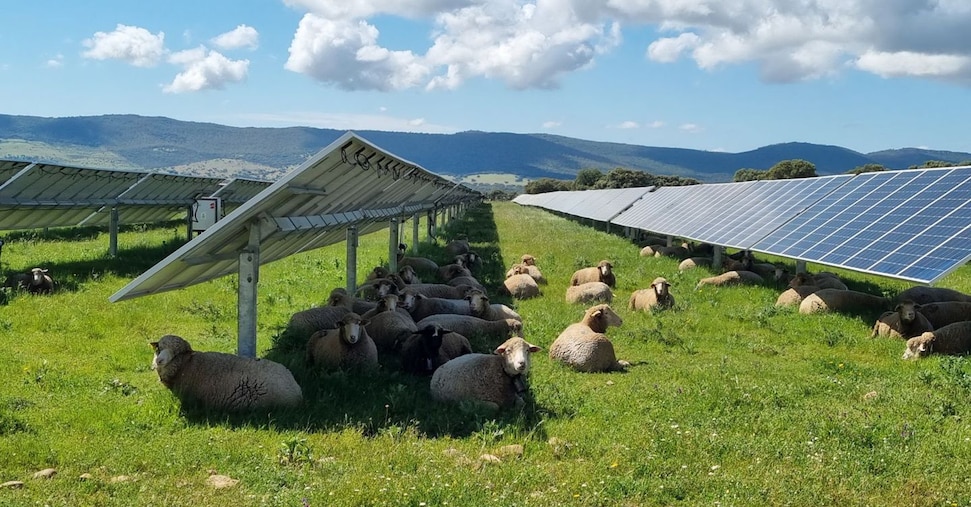
Campa: «European banks are in a very good position now»
Given that the tariff war and tariff shocks affect some industries and some industrial sectors more than others, as the Russia war did, we told banks how different industrial sectors would perform in the adverse scenario and we asked banks to assess the impact of the sectors’ performance on their credit portfolio. Not all banks were good at that: some of them use macro models based on Gdp. So banks need to better assess their credit risk exposure by sectors in the economy. This is an important area.
As you mention tariffs, now we have a good idea of the rise of US tariffs. However the 2025 stress test was based on what we knew at the end of 2024: is the adverse scenario harsh enough, given what happened on tariffs, and consequently are banks resilient enough?
Yes, I think so, banks are resilient enough. The narrative of the adverse scenario remains relevant, possible but it is very harsh. Back in January we used assumptions for an adverse scenario with 60% US tariffs in China, 35% in North America, Mexico and Canada and 10% in Europe. They came a bit higher, at 15% in Europe. On the other hand, the outlook for the European economy is much, much better now than what was predicted in the stress test adverse scenario. If you look at the projections of the European central bank and of the European Commission in June, they are much better than our adverse scenario, which has a more than 6% decrease of European Gdp. Just to give you an example: we assume real estate prices, housing prices would be falling by more than 20% in our adverse scenario.
Banks should not be complacent: does this mean that banks should not be too aggressive in the distribution of capital? For example, in the stress test under the adverse scenario, 17 banks would need to adjust their distributed amounts as they were breaching their MDA (Maximum distributable amount) trigger and/or LR-MDA (leverage ratio) trigger during at least one year of the horizon. Is this good enough?
First of all, banks are now much more profitable. Banks make money and as a result they pay it back to their shareholders, with dividends and share buy backs. I expect that the pay-out ratio, that is what the banks pay back from their profits, this year will continue to be around 50%, that is about the same as four years ago. The amount paid back is higher, because banks are more profitable now, but the ratio is about the same. Banks are also making provisions for the bad times, as Stage 2 loans are going up. As for the MDA trigger, it is good that only in a small percentage, only 17 banks out of 64, would have to react to such adverse scenario and cut dividends or reduce variable payments: this show that the system is resilient. And it is good because it demonstrates that the stress test works as expected in a difficult situation: the trigger is automatic and the distributed amounts is mechanically reduced in the adverse scenario.
Fonte: Il Sole 24 Ore



